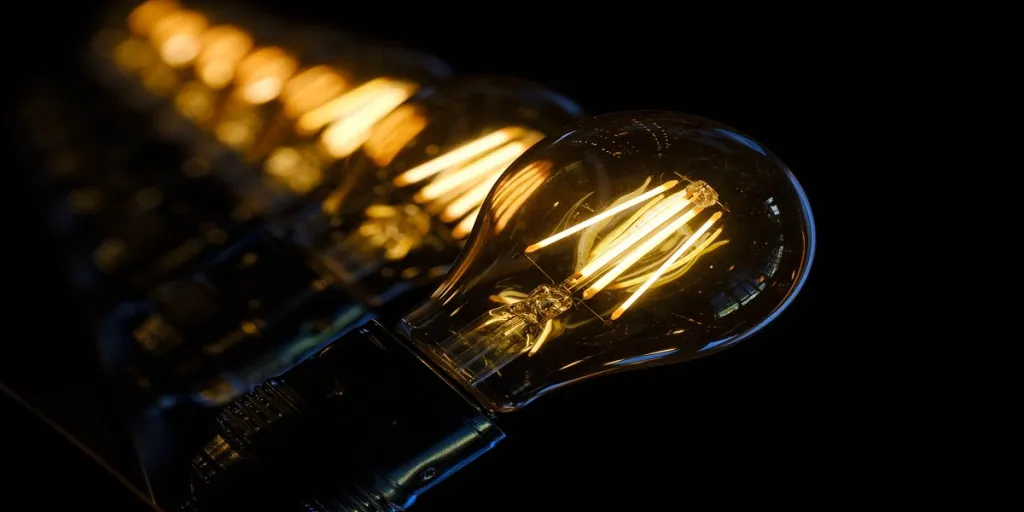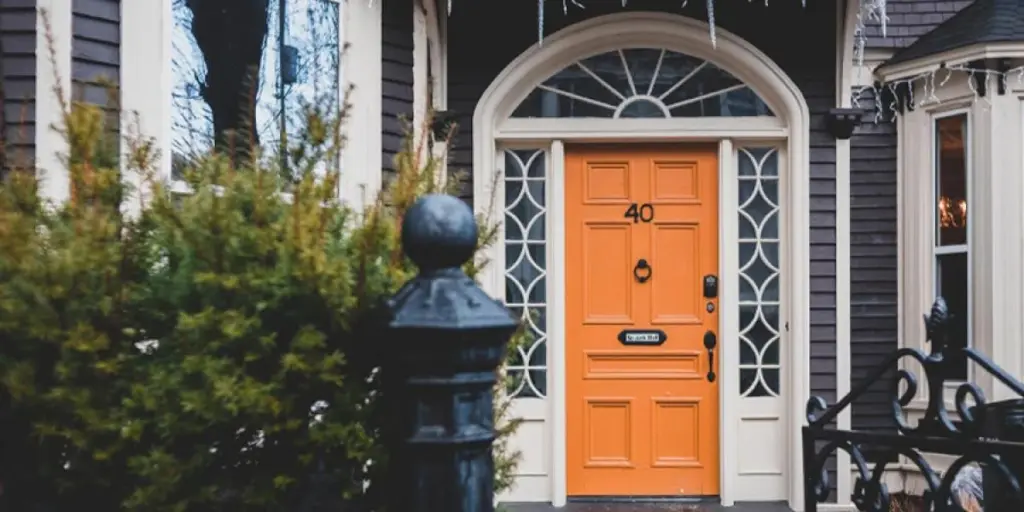Smart lighting has reshaped the light industry thanks to its unique features and cost-effective home solutions. It not only elevates the lighting concept but also provides various advantages to consumers.
Smart LED bulbs, strip lights, and motion sensor bulbs are among the most popular trends in this space. This article delves into each trend, demonstrating how lucrative they can be for buyers who invest in them.
Table of Contents
Trends driving the smart lighting industry
Benefits of smart lighting
Top smart lighting options for homes
The future is smart
Trends driving the smart lighting industry
The smart lighting market has witnessed tremendous growth thanks to significant technological advancements. Furthermore, the diverse applications of the smart lighting system across various sectors have aided the industry’s growth. In addition, the increased emphasis on smart home solutions in urban projects has driven product demand in recent years.
The global smart lighting market was valued at USD 10.9 billion in 2021 and is projected to grow at a CAGR of 20.5% to reach USD 27.7 billion by 2026. Smart lighting is aesthetically pleasing and more energy-efficient than traditional light bulbs, lowering operational costs.
This article discusses the leading trends in smart home lighting, enabling buyers to stock up on the best for their customers.
Benefits of smart lighting
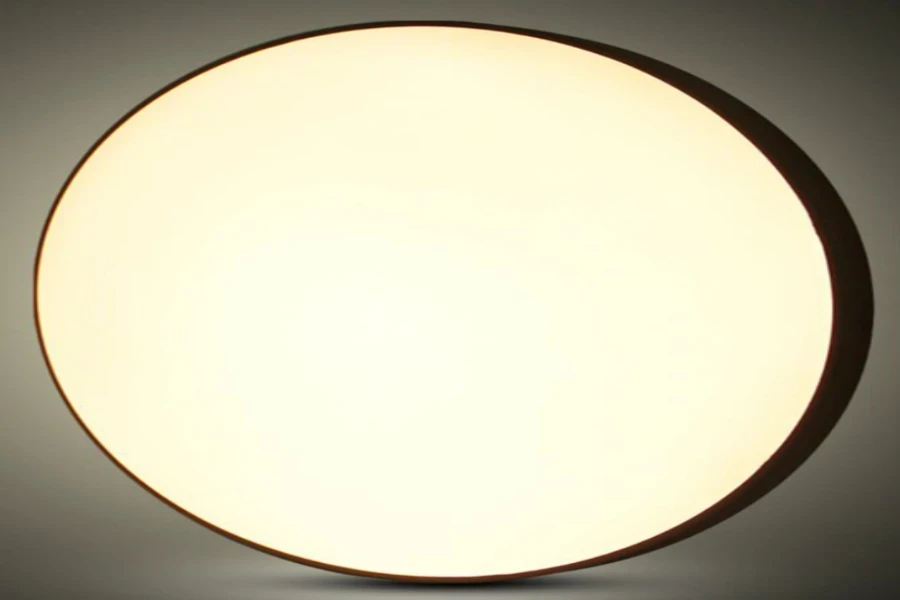
Smart lighting refers to lights that can be controlled wirelessly through a smartphone. Here are just a few of the many benefits of smart lighting:
– Security: Users no longer enter a dark house and can now deter intruders by randomly turning on lights remotely via an app. These lights have motion sensors that activate the outdoor lights without requiring wiring.
– Optimal convenience: The lights can be programmed to shut off automatically at night if users fall asleep with the lights on. The motion sensor lights also turn on automatically when users enter a room and turn off when they leave.
– In sync with the circadian rhythm: users can wake up to a gradually increasing light rather than a jarring alarm. The lights can be synced to the color of the sun throughout the day to keep people energetic and unwind when it’s time.
– Fun: Color-changing bulbs are especially fun for parties and events because they help to set the ambiance, and they can keep changing colors and creating exciting lighting effects to liven up the space.
Top smart lighting options for homes
Smart LED bulbs
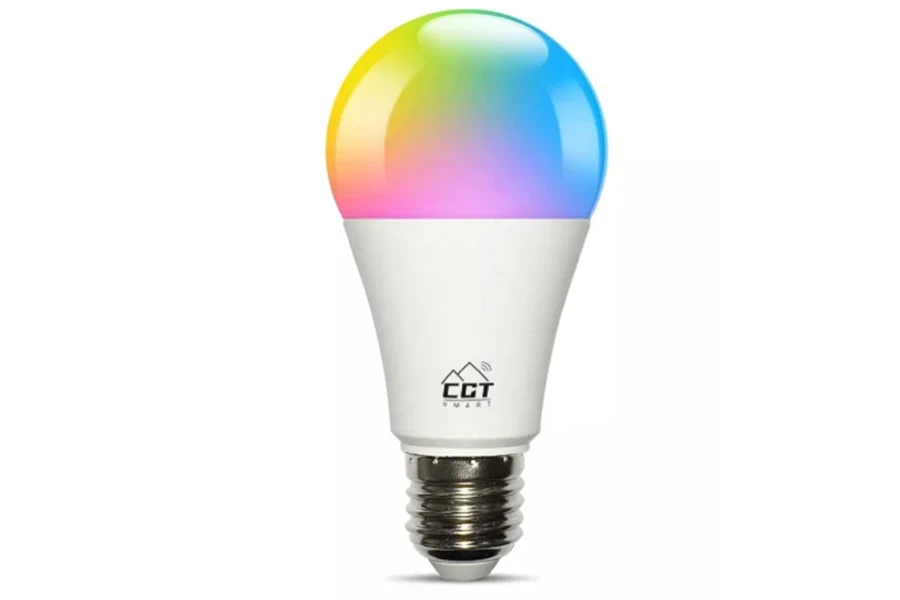
LED bulbs are the most popular item in the smart lighting segment because they are efficient, long-lasting, and easy to set up. Most smart bulbs are dimmable and come in three varieties. The first is white, the second is a full-color spectrum, and the third is turnable white lightning, which allows users to adjust the color from warm to cool tones.
Some bulbs emit a wide array of hues, while others can be controlled through an app. For instance, the TUYA smart bulb can be controlled via the SmartLife app and has several desirable features, such as the ability to change the brightness from 0 to 100%, compatibility with Alexa and Google Assistant, and the option to sync lights with music.
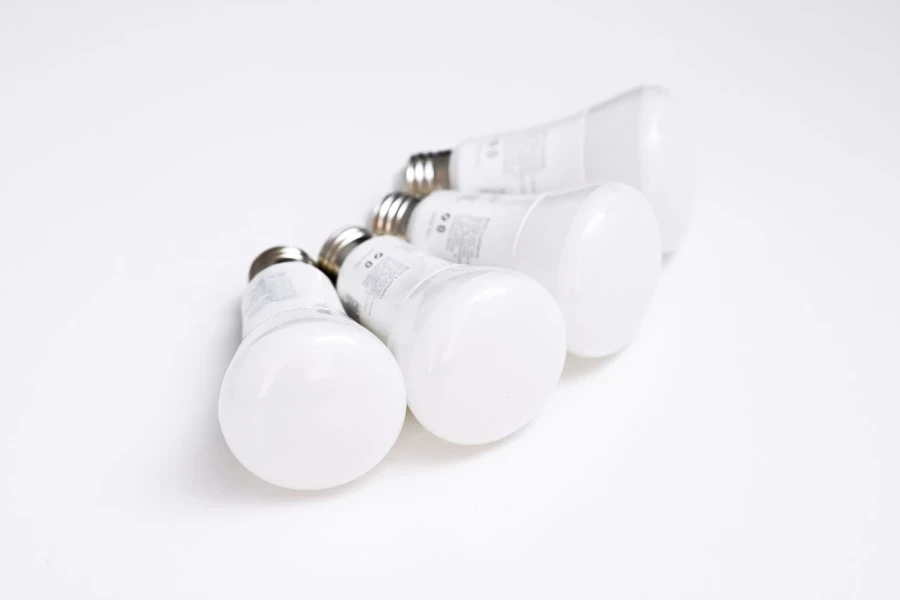
Previously, these bulbs were expensive, but prices have dropped dramatically and now average around $15. Some models cost as little as $5, while others can cost as much as $50 or more.
Light strips
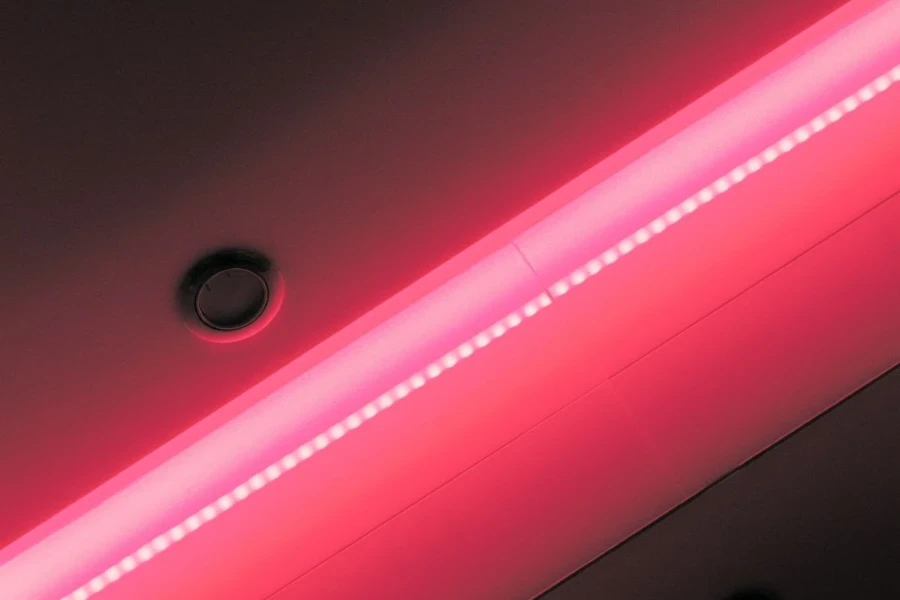
LED strip lights have taken over the home decor space due to their versatile design and sophisticated appeal. Because these strips are thin and flexible, they can be used in places where traditional bulbs do not fit, such as under cabinets and near stairs. These lights are waterproof and can be used both indoors and outdoors, making them ideal for festive decorations such as Christmas.
Some models are so thin that they can be cut to fit any space. They have a self-adhesive backing, allowing users to peel off the case and stick the strip wherever they want. Users can also choose colors, control them remotely, and sync them to music via a connected app.

Modern homes are incomplete without strip lights in the living room, dining room, or bedroom. They are commonly used behind the television, beneath the bed, on the ceiling, and in pools, among other places.
These functional lights provide enough light in the dark to see what is going on. They have sleek plastic frames that work well with most interiors and can distribute light evenly throughout a room.
Smart LED lighting fixtures

Color-changing wall panels have taken over the lighting market with their edgy and eye-catching designs that double down as wall art. These panels are a collection of LED lights that come in various exotic shapes and can be connected to create any design the user desires. A small chip connects the panels, and only the first panel needs to be mounted on the wall because the others are attached to it.
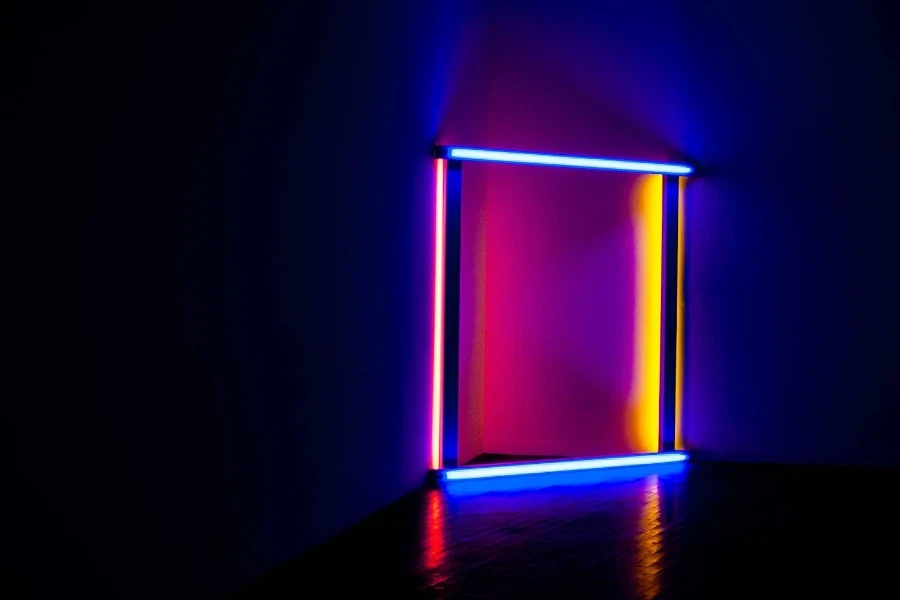
Users can change colors and choose different lighting effects through a connected app for versatile lighting. Some models have a built-in rhythm module that syncs the panels to the music beats. Users can make all the desired changes through voice commands via Google Assistant.
LED lamps and bars
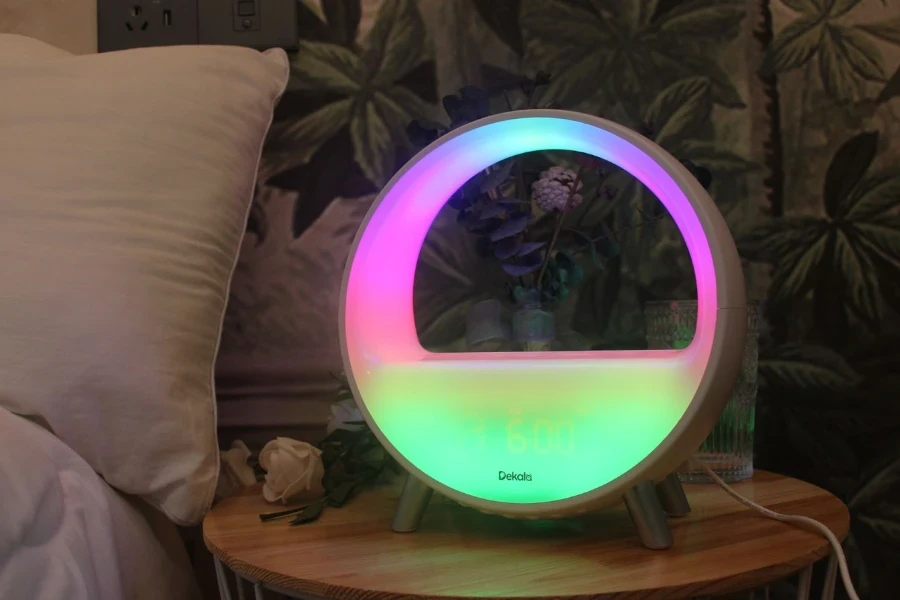
The LED lamps can be placed wherever the user desires, and the colors and lighting effects can be changed via an app. They are cost-effective as they consume less power and come in various sizes and patterns to suit different interiors. Apart from aesthetics, they are also functional and may include features such as an alarm system.
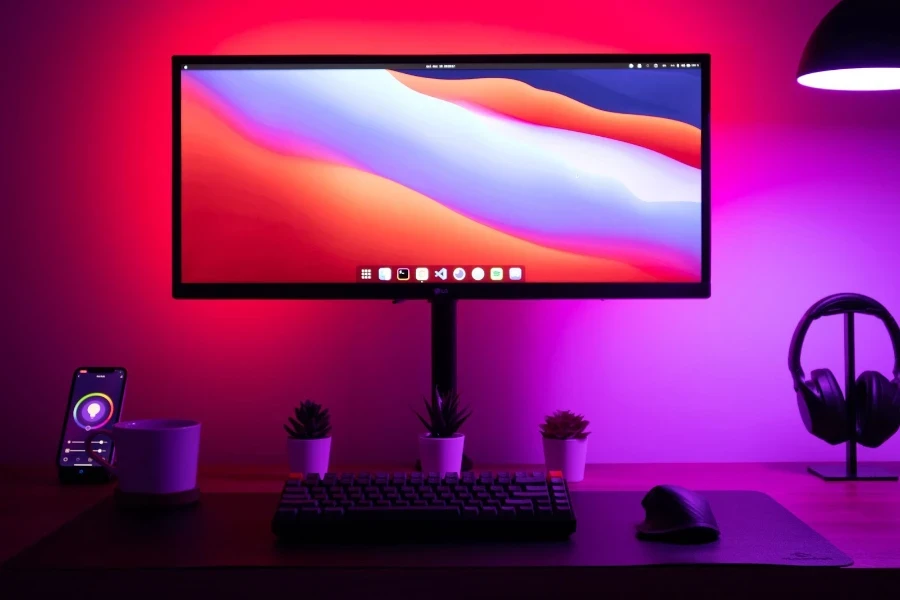
LED bars provide full spectrum lighting, are dimmable, and can be synced to movies, music, and games. They can also be placed behind the TV to function similarly to LED strips but without the need to be attached to any surface. These bars can also be placed on the floor to enhance the lighting effects on the ceiling and wall. They respond to voice commands for optimal convenience.
Smart lights with motion sensors

Individuals looking for outdoor floodlights for their walkways should consider smart lights with motion sensors. Most of these bulbs produce more than 1,000 lumens, and the in-built sensors can turn on the lights when motion is detected within 30 feet. Individuals will no longer have to stumble in the dark on their driveways or worry about turning them off.
Most motion sensor bulbs work with smart devices like Alexa and SmartThings, and users can receive notifications when motion is detected and use the app to trigger other home actions. To control the bulb, however, a smart hub that is compatible with the bulb is required.
Smart outdoor and security lights
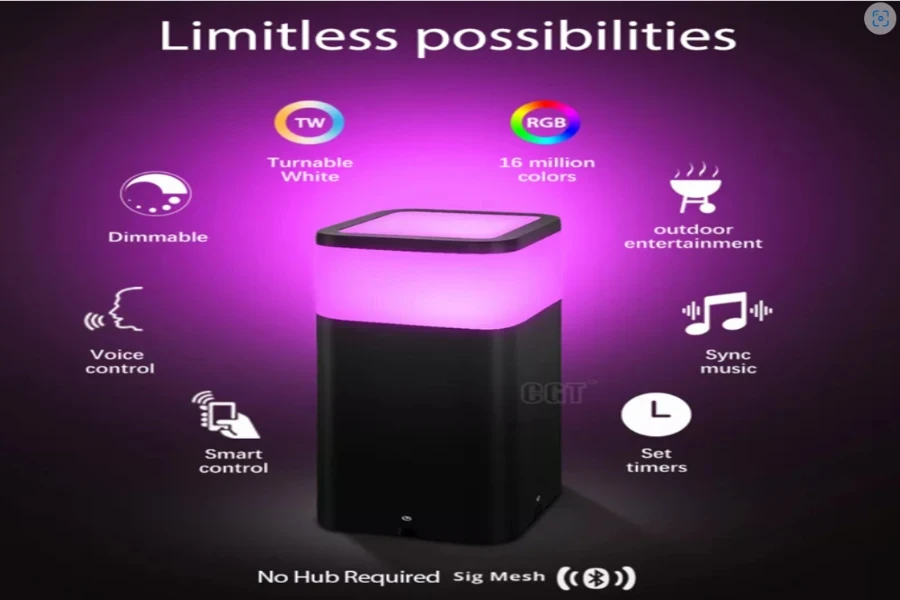
As many consumers enjoy hosting parties in their yards, smart LED landscape lighting is a huge hit in the outdoor design space. Most of these lights are controlled via apps or Bluetooth, and their brightness ranges from 2700K to 6500K. These lights are not only entertaining because they can sync with music and ambient sound, but they are also efficient and easy to install.
Another trend gaining traction in smart home lighting is smart security and surveillance lights. When someone is detected on the property, these lights alert the homeowner. This option is ideal for customers who want to improve home security without installing sensors and cameras. Moreover, these smart lights can be programmed to change color when they detect smoke.
The future is smart
The future of smart lighting looks promising. As more people embrace renewable resources and energy-efficient appliances, LED smart bulbs will be preferred over traditional ones. According to market trends, there will be a significant shift toward smart home lighting and an increase in demand for solar and motion sensor lights.


